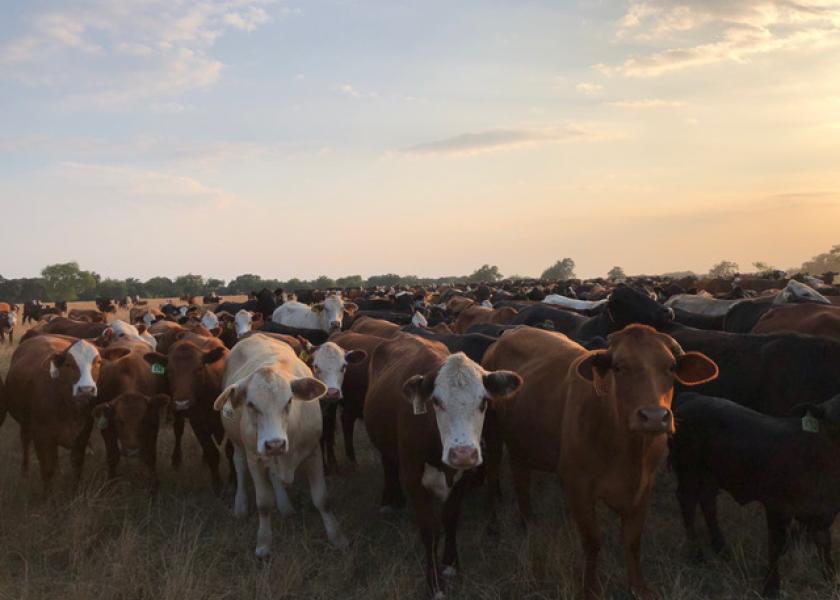USDA Updates Livestock Disaster Payment Rate

The USDA’s Farm Service Agency (FSA) announced Friday it is updating the Livestock Indemnity Program (LIP) payment rate to support livestock producers in the Midwest who have lost cattle to the extreme heat and humidity experienced this summer. To help indemnify ranchers to reflect a trend towards higher cattle weights in feedlots, the 2023 LIP payment rate for beef calves over 800 pounds will increase from $1244 per head to $1618, an increase of $374.
“The recent heat domes plaguing many parts of the country have proven to be un survivable for some animals and temperatures are not expected to let up any time soon. This is one of the latest, many examples of how a changing climate is creating immediate challenges for farmers and ranchers, and we’re finding that our emergency relief programs need to adapt accordingly,” said FSA Administrator Zach Ducheneaux. “Given these circumstances and the trend towards higher weights in feedlots, it became clear that USDA’s Livestock Indemnity Payment rates were not reflective of the true market value for cattle. This change will better indemnify the investments producers have in the livestock they raise, and we will continue to find flexibilities where possible to help our farmers and ranchers in the wake of climate-related impacts.”
LIP provides benefits to livestock owners and some contract growers for livestock deaths exceeding normal mortality from eligible adverse weather events, certain predation losses and reduced sales prices due to injury from an eligible loss. Indemnity payments are made at a rate of 75% of the prior year’s average fair market value of the livestock.
The updated LIP payment rate is effective immediately and will be applied retroactively starting January 1, 2023, for all eligible causes of loss including excessive heat, tornado, winter storms, and other qualifying adverse weather. Producers who have already received LIP payments for 2023 losses will receive an additional payment, if applicable, commensurate with this updated rate. For details on eligibility and payment rates, review the LIP fact sheet.
FSA recognizes that an annual update of LIP payment rates does not account for the volatile nature of livestock markets and is further exploring flexibilities to establish more current payment rates.







